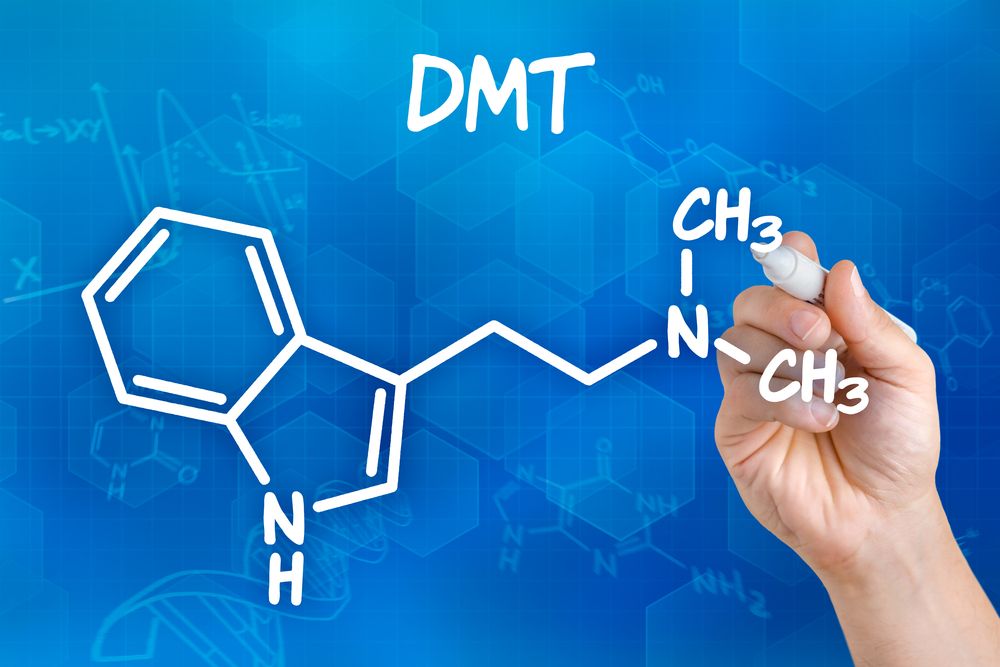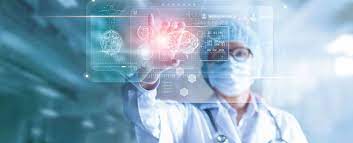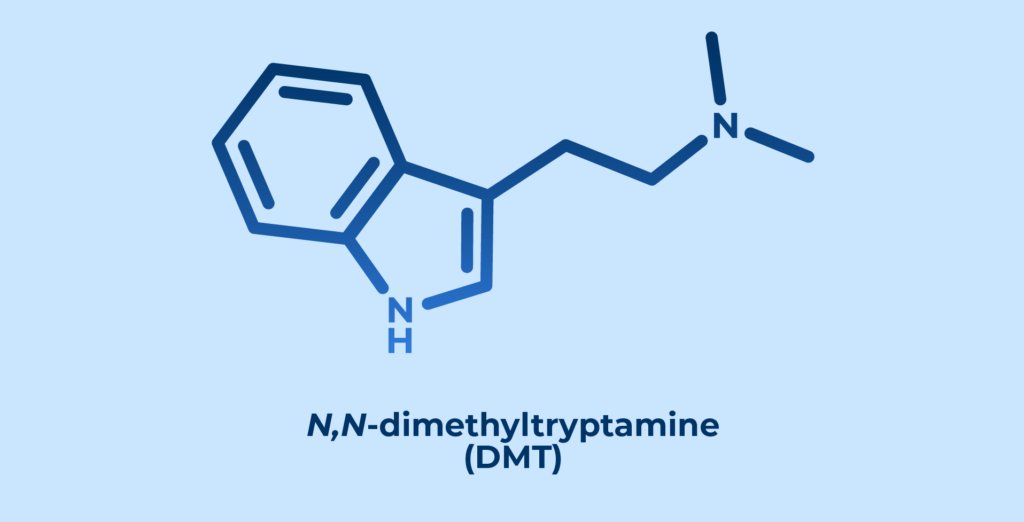What is dimethyltryptamine
Dimethyltryptamine is a hallucinogenic substance that causes a feeling of being “off-balance” and out of control. It’s also known as DMT or just plain “DMT.”
Dimethyltryptamine (DMT) is a hallucinogen derived from tryptamine, a common substance in plants. Indigenous tribes have used DMT to access the spirit world, which can be found in plants worldwide.
The hallucinogenic effects of Dimethyltryptamine include distortions in perception, feelings of dissociation and detachment from reality, tunnel vision, and other effects. The user may feel like they’re going to die or go crazy.
In some cases, users report feeling completely numb while under the influence of Dimethyltryptamine. This can lead to feelings of derealization (feeling disconnected from reality) and depersonalization (feeling detached from yourself).
INTRODUCTION
Dimethyltryptamine (DMT) is a psychedelic drug that was first synthesized in 1938. It is known as the “spirit molecule” because of its ability to produce an intense spiritual experience.
The chemical structure of DMT has three atoms, two of them being nitrogen and one carbon. Its chemical name is N-(1-dimethylaminoethyl)-1 dimethylaminocyclohexanecarbonitrile.
DMT is also sometimes called “the spirit molecule” due to its reported spiritual effects. It was first studied by Albert Hofmann, who described it as “an indole with a very distinctive odor.”
It is a Schedule I drug under the Controlled Substances Act in the United States, making it illegal to possess or use without a license.
DIMETHYLTRYPTAMINE BIOSYNTHESIS

Dimethyltryptamine biosynthesis begins with the formation of the amino acid tryptophan. Tryptophan is then converted into 5-hydroxytryptophan (5-HTP), which is then used in the production of serotonin. The enzymes required for this process are found in the cytosol and mitochondria, where they catalyze reactions that occur between amino acids and/or sugars.
The first reaction is the conversion of tryptophan into L-tryptophan by tryptophylquinone reductase and tryptophan synthase. This reaction occurs in a reaction center found within the mitochondria. In this reaction, an electron is transferred from NADH to quinone, producing NAD+. This electron transfer results in reduced quinone and oxygen as products.
Following this reduction step, two molecules of L-tryptophan are consumed by another enzyme called indolethylamine N-methyltransferase (INMT). INMT has two substrates: indolethylamine (INA) and methylindole (MI), which are both produced from INA through a decarboxylation reaction. The result of this decarboxylation step is INA.
FUTURE RESEARCH ON THE BIOSYNTHESIS OF DIMETHYLTRYPTAMINE
The biosynthesis of Dimethyltryptamine (DMT) is one of the most fascinating and elusive aspects of psychedelic drug research. The chemical structure of DMT has been known since the 1960s, but its synthesis by mammals is still not fully understood. While it seems fairly straightforward to manufacture DMT in your own body, this is not the case—the production of DMT in human beings appears to be very limited.
The first step in producing DMT is the conversion of tryptamine into 5-methoxy-N,N-dimethyltryptamine (5-MeO-DMT). This conversion occurs naturally within neurons that contain the enzyme 5-methoxyindole-pyruvate dioxygenase (5-MeO-IPA synthase). Afterward, 5-MeO-DMT is then converted into a more stable compound by another enzyme called monoamine oxidase A (MAOA). MAOA converts 5-MeO-DMT into a more hydrophobic molecule called N,N-dimethylserotonin (DMS). DMS can then be converted into other compounds including N-(1-(2,3)-dimethylaminopropyl)-1H-ind.
DIMETHYLTRYPTAMINE DETENTION IN BLOOD, URINE, AND CEREBROSPINAL FLUID
Dimethyltryptamine is a naturally occurring chemical compound that is found in the human body. It is a psychoactive drug that can cause hallucinations and other altered states of consciousness.
The amount of Dimethyltryptamine that is detected in a person’s blood, urine, or cerebrospinal fluid varies based on their exposure to the drug.
In general, the concentration of Dimethyltryptamine in blood plasma is between 0.5-5 ng/mL; however, it can reach levels as high as 10ng/mL in some cases.
Urine samples typically contain less than 1ng/mL of Dimethyltryptamine.
Cerebrospinal fluid samples typically contain less than 1ng/mL of Dimethyltryptamine as well.
FUTURE RESEARCH MEASURING DIMETHYLTRYPTAMINE DETENTION IN BLOOD, URINE, AND CEREBROSPINAL FLUID
Further research is needed to measure Dimethyltryptamine’s effects on the body.
The current study suggests that Dimethyltryptamine may have a positive effect on reducing the symptoms of depression and anxiety in humans. Still, more research is necessary to determine whether this effect is due to the drug itself or simply because the subjects were given placebos.
It would also be interesting to measure how long these effects last following the administration of Dimethyltryptamine.
MEASUREMENT OF DIMETHYLTRYPTAMINE IN THE BRAIN
DMT acts as a neurotransmitter in the brain by binding to serotonin receptors and triggering hallucinations and altered states of consciousness. It is believed that the pineal gland produces DMT at night to help induce sleep, but it can also be released during times of extreme stress or shock, such as near-death experiences or severe trauma.
The measurement of Dimethyltryptamine in the brain was done using a method called high-performance liquid chromatography. The sample was extracted from the brain tissue and then injected into a column, which separates compounds based on their polarity. The more polar compounds were detected using UV light at different wavelengths.
FUTURE RESEARCH TO DETERMINE THE CONCENTRATION OF DIMETHYLTRYPTAMINE IN THE BRAIN TISSUES
The concentration of Dimethyltryptamine in the brain tissues was determined by a high-performance liquid chromatography (HPLC) method. After homogenization, the sample was extracted with chloroform/methanol (9:1, v/v), and the concentration of Dimethyltryptamine in the extract was analyzed with HPLC.
Receptor binding of Dimethyltryptamine: 5-HT2A, TARRs, and Sigma-1 Receptor
DMT has also become popular in the United States for recreational use. It is believed that DMT binds to several receptors in the brain to produce its psychotropic effects. These receptors include 5-HT2A, TARRs, and sigma-1 receptors.
5-HT2A receptor binding: This receptor is involved in mediating many of the behavioral effects of psychotropic drugs such as LSD and mescaline (R).
TARRs (TrkB) receptor binding: This receptor is involved in mediating some behavioral effects of psychotropic drugs such as LSD and mescaline (R).
Sigma-1 receptor binding: This receptor is also implicated in mediating some behavioral effects of psychotropic drugs (R).
FUTURE DIMETHYLTRYPTAMINE ADMINISTRATION STUDIES
Dimethyltryptamine administration studies have been conducted on both animals and humans. In one study, rats were given Dimethyltryptamine in doses of 0.1-10 mg/kg, and the effect was observed on their behavior and body temperature. The rats’ body temperatures increased when given Dimethyltryptamine, but their behavior remained unchanged.
Another study examined the effects of dimethyltryptamine administration in human subjects. The subjects received doses of 0.1-10 mg/kg, and their responses were recorded. They reported experiencing auditory hallucinations and an altered sense of time; they also described feeling a sense of “ecstasy.”
FUTURE IMAGING RESEARCH

Dimethyltryptamine imaging is a term used to describe brain imaging techniques that use Dimethyltryptamine (DMT) as the image’s subject. This includes positron emission tomography, single-photon emission computed tomography, and functional magnetic resonance imaging. These techniques aim to determine how DMT affects the brain while taking it, similar to other psychedelic drugs like LSD or psilocybin mushrooms.
The studies conducted thus far have found that DMT affects different regions of the brain depending on whether it is taken orally or smoked. For example, when ingested orally, DMT increases blood flow in the occipital cortex; smoking DMT does not produce this effect but instead increases blood flow in areas associated with language processing and stimulus processing (including visual hallucinations).
DIMETHYLTRYPTAMINE AS A NEUROTRANSMITTER, NEUROHORMONE, OR NEUROREGULATORY SUBSTANCE
As a neurotransmitter, DMT is thought to work by binding to the same receptors as serotonin and dopamine, thus increasing mood and feelings of well-being. It also increases levels of melatonin and endorphins, which are hormones that promote a sense of well-being.
As a neurohormone, DMT has been shown to increase levels of testosterone in males. This could explain why users report feeling more masculine when taking DMT. It may also be responsible for some users’ reported increased sexual desire while under its influence (this effect may be mediated by dopamine).
As a neuroregulatory substance, Dimethyltryptamine helps to protect the brain from trauma. The researchers found that Dimethyltryptamine can reduce the amount of damage done to the brain after a traumatic event. This allows for better recovery and less stress for those who have experienced trauma.
FUTURE STUDIES CHARACTERIZING DIMETHYLTRYPTAMINE AS A NEUROTRANSMITTER
Dimethyltryptamine is a neurotransmitter shown to have similar effects on the brain as other neurotransmitters like dopamine and serotonin. The fact that it has these similar effects suggests that it might be able to provide some of the same benefits as those neurotransmitters without all the side effects.
DIMETHYLTRYPTAMINE AS A THERAPEUTIC

Dimethyltryptamine is a hallucinogenic substance that indigenous tribes have used to achieve spiritual experiences. It is believed to have a range of therapeutic effects, including euphoria, increased sexual function, and increased spirituality. Dimethyltryptamine also has some potential as a cancer treatment agent.
FUTURE STUDY OF DIMETHYLTRYPTAMINE AS A THERAPEUTIC
In the future, Dimethyltryptamine (DMT) could be used as a therapeutic in the treatment of depression.
First, it should be tested on animals and humans with depression to see if it is safe and effective. This will also help to determine if it works in humans. If it is found that DMT is safe and effective, then it can be tested on humans to see if they respond positively to treatment. If this proves successful, further studies could be done on how long the effects of DMT last and the other benefits of taking the drug.
CONCLUSION
As you can see, the evidence for DMT’s existence in plants and animals, and the idea that DMT is a significant part of human biology, will not go away. And this means it is time for science to begin to study DMT in earnest, even if that means looking beyond the five or so molecules in the brain. Perhaps DMT is not a “consciousness molecule,” but it appears to be part of a system between food and psychedelic experiences. More research may discover some surprising things.

